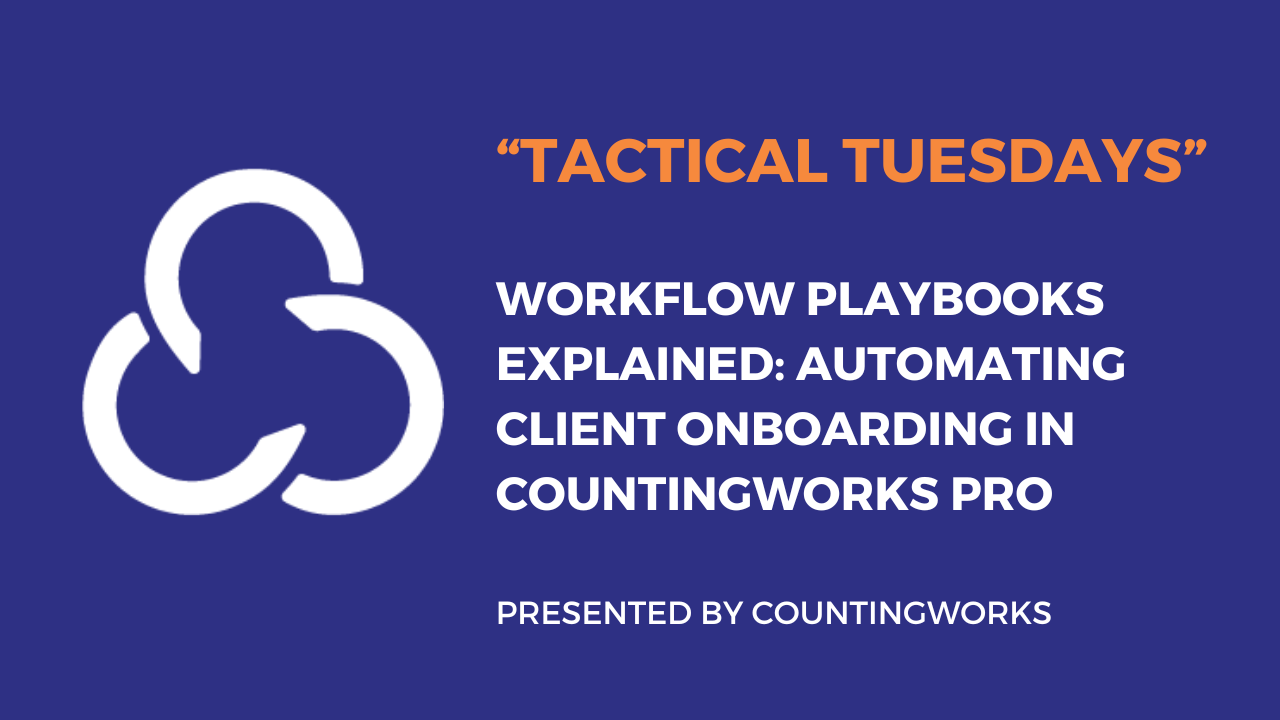
As our team began work on the development of CountingWorks PRO 3.0 in 2020, we knew one of our top priorities was to completely rethink our site editor and the websites we create for tax and accounting pros.Through this process, we doubled down on our commitment to web design that matches the professionalism and trustworthiness of our clients.While there are many aspects of our site editor and website designs that were revamped as part of CountingWorks PRO 3.0 – stay tuned for more on that soon – there were four areas we want tax and accounting pros to recognize the importance of:
Simplicity
A study by Google had two key findings:
- “Users will judge websites as beautiful or not within 1/50th to 1/20th of a second.
- ‘Visually complex’ websites are consistently rated as less beautiful than their simpler counterparts.”
TL;DR: The simpler your website design, the better.There are a few principles that back this up:
- Prototypicality – Another finding of the Google study was that the sites that had 1) layouts commonly associated with others in their category – also known as “highly prototypical” sites – and 2) had a simple website design, were rated as being the most beautiful. On the other side, if a site doesn’t line up with the specific mental images a viewer associates with that category, they are more likely to both subconsciously and consciously reject the site.
- Cognitive fluency – Essentially, cognitive fluency is the idea that your brain likes thinking about the things that are easy to think about. So, if a website has a great user experience and you can instinctively know where things are and how to do what you want to do, you’ll enjoy it more. This doesn’t mean you have to do what everyone else is doing with site design; in fact, we pride ourselves on avoiding cookie-cutter templates and making it easy to customize tax and accounting websites. However, it’s important to make sure there is solid reasoning behind your design choices (and that those choices are being made with the end user in mind).
In a joint study by Harvard University, University of Maryland, and University of Colorado, researchers couldn’t find any universal design guidelines among various demographic groups. The only thing that was universal was “that a more visually complex website had less visual appeal.”(While we’re talking about visual website design here, it’s worth noting that simple copy – i.e., any text on your website – also performs better than complex paragraphs. No one will read a long-winded description of your offerings in detail.)
Color
If you were to think back to the early days of the internet – when websites were a new phenomenon and “user experience” hadn’t entered our vocabulary yet – you could probably picture what an obnoxious site looked like. Tons of clashing colors, perhaps even some flashing on the page – enough to give you a headache.That principle still holds true today. Color can be used “to attract attention, express meaning, create desire, drive conversions, and even earn a customer’s loyalty” – that’s a lot riding on a seemingly simple choice.Here’s a quick description of the science behind how humans perceive color:
“Basically, your retina converts visual information from the real world into electrical impulses. Those impulses are then routed through the appropriate photoreceptor cells to transmit color and light information to the brain.
The more color and light variations on the page (i.e. the greater the visual complexity), the more work the eye has to do to send information to the brain.”
In the same way that you don’t want to make it difficult for a client to work with you (i.e., easy onboarding, simple contact options, packaged pricing), you don’t want to make it hard work to look at your website.When you’re deciding which colors to choose for your website, consider the color wheel.

Source: Studio1 Design
Some good combinations include:
- Monochromatic – one color in many different shades
- Complementary colors – two colors that are directly opposite each other on the wheel
- Triad colors – colors forming a triangle on the wheel (e.g., orange, violet, and green)
- Analogous colors – any 3 colors that are side by side
Some web design experts suggest having 3-6 colors in your chosen palette:
- 1-3 main colors – These colors make up the majority of your website design
- 1 “pop” color – Use this color sparingly – just to highlight the most important info like your Call-to-Action (CTA)
- 1-2 neutral colors – These are used in backgrounds and clear space, as well as in your content
Images of humans
Believe it or not, showing human faces on your website will make you seem more human to your site visitors. This is one of the best ways to increase conversions.Here are some stats to back this up:
- “Including human faces on pop-up advertisements can increase conversion rates by as much as 48% (VWO).
- Eye tracking studies have found that research subjects will almost unanimously all gravitate to images of faces rather than text multiple times while engaging with content (Acuity Intelligence).
- Research has shown that when faces are attached to claims, people are more likely to believe it than when that same claim does not have a face with it (OptinMonster).”
Include pictures of yourself, your team, or even stock images and your design will be drastically improved.
Target audience
You don’t just need to target your niche within the copy on your website. You can also cater to your ideal clients within the design itself.Consider whether your optimal prospect would want to see hard numbers and facts, or if they might be more drawn to the aesthetics and style of your site.The industries you’re targeting should always be top of mind as you go through the design process, whether in the images you choose or the proportions of copy to empty space.
How you can design your perfect website with CountingWorks PRO 3.0
This may all seem like a lot to consider, but the important thing to remember is that less is more. Don’t overthink your design – after all, simplicity is the goal here. Our CountingWorks PRO 3.0 site editor makes it a breeze to design your tax and accounting website in just minutes. The intuitive platform will guide you through choosing a design, theme, images, color palette, copy to match your specific service areas, and more.Check out a preview of one of our new sites below, and contact us to get started.


















.svg)